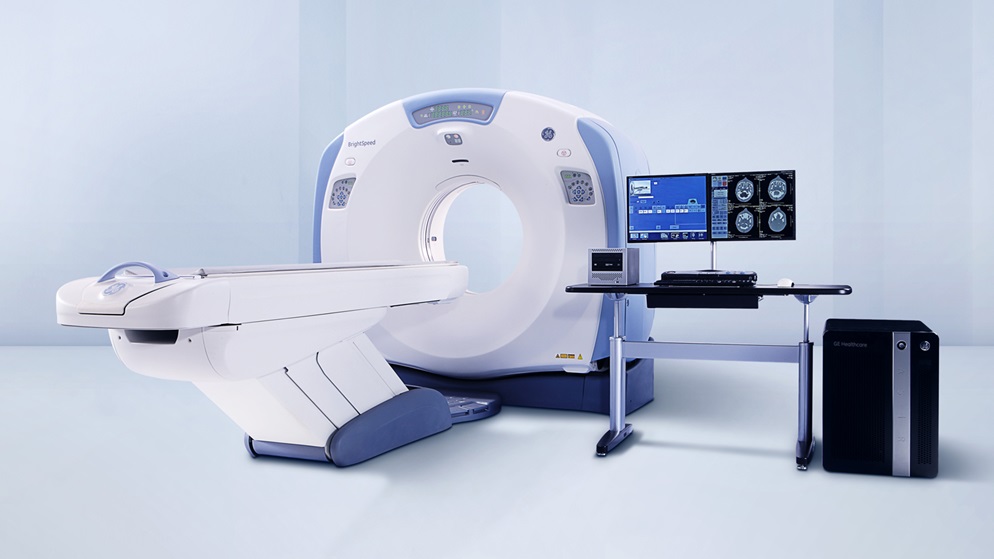
How to organize your medical image storage
Posted on December 18, 2019

Modern diagnostic imaging companies meet many challenges. One of them is image management, especially if you deal with X-ray films. On the one hand, federal and state laws require that images are kept long enough. On the other hand, films are usually fragile and can be easily damaged.
You probably know that image-keeping requirements are very state-specific. The legislation concerning retention periods and storing images of different modalities varies from state to state. Utilization of medical images is a separate issue. In some states (e.g., in Colorado) you should try to contact a patient before destroying his or her records – personally or even through mass media (if you fail to locate the patient). Besides, recycling of X-ray films should be HIPAA compliant (which means that normally you’ll have to call upon recycling agencies and receive a destruction certificate).
So, storing images as films is a somewhat conservative and troublesome way of image management. Therefore, more and more business owners choose to go digital. You would probably ask: “Is it worth going digital if I have been using films for quite a while?” It’s up to you to decide, but today there are plenty of opportunities for that. Some companies even provide services for creating a transformation strategy. But, no matter how individual such strategies might be, they always consist of two basic steps.
Step 1. Digitizing. If you have started your business before the “digital revolution”, you’ll have to convert your images. The most common format is DICOM. However, JPG and TIFF are also available. Here, there are two main ways of action. First, you can purchase or rent an X-ray digitizer and scan your images yourself. Second, you can outsource the task to a digitizing company.
We should note that the most crucial point here is image quality. So if you are going to purchase a digitizer, make sure it is designed especially for clinical needs, reliable, easy to use, and productive. As for productivity, it can be measured as films (usually of a particular format) per hour, or cycle time (in seconds). We would recommend using equipment from trusted manufacturers, such as Kodak, Carestream or GE. If you are going to outsource, it’s better to contact companies specializing in working with medical materials.
Step 2. Choosing storage. Now you’ve got to keep these massive archives somewhere. You will need not just to store the images, but to retrieve and communicate them easily and securely. At this point, you have an alternative:
- Burning CDs. The simplest way—which, however, gradually becomes less popular—is keeping your medical info on CDs. One, and probably the only advantage of this method is that the CDs are way more compact than large-format films. However, you’ll need to purchase loads of CDs, because medical images are rather memory-consuming.
- Internal server. A more advanced solution is storing your medical info on an internal server in your office or hospital. Still, your expenditures will be significant, because, above all, you’ll need to hire an IT specialist to attend the server. Besides, if you choose storing sensitive patient information in your office, you will need to make sure it is secure enough, otherwise your business will face HIPAA compliance issues.
- And the third way is keeping your images in a digital cloud. Perhaps, such storage is even more secure than your server. Besides, you are not serviceman-dependent anymore, and your information is available 24/7 from anywhere. You do not need to download images to view them, as cloud solutions usually have a viewer tool built-in. Moreover, you do not need to install any software, except for a web browser.
We have already discussed the benefits of electronic image-keeping. To put it in a nutshell, such images are much easier to store and retrieve, than films. Digitalizing your business may hide some pitfalls, but there are plenty of ways to overcome them. One of such ways is to use a digital health platform with an integrated DICOM viewer and cloud storage. Such software can help you digitize, store and communicate your images, providing maximum convenience and security.